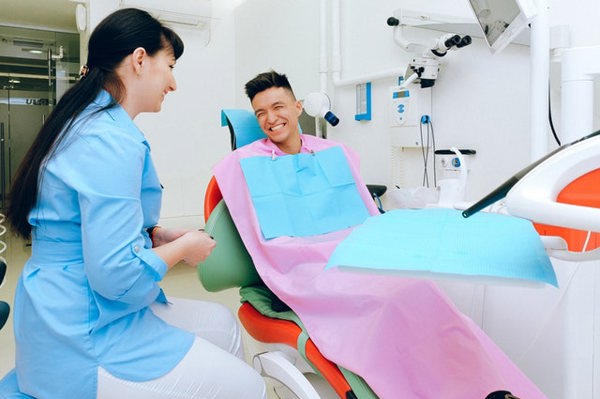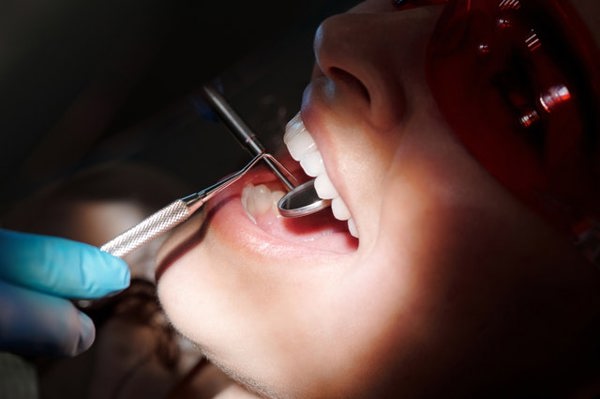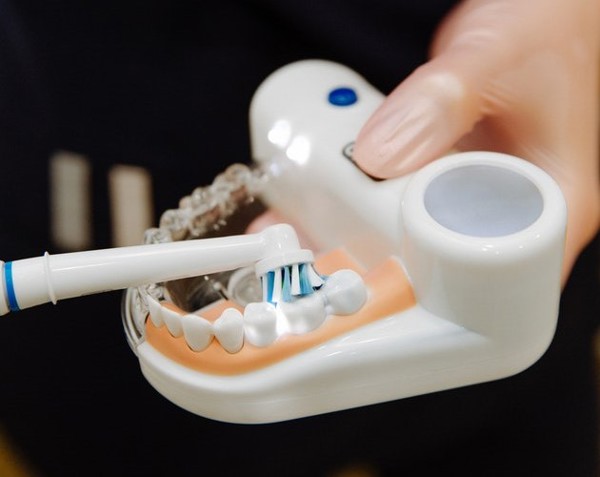Treatment overview
There are two essential factors needed to move teeth into proper alignment:
- Steady gentle pressure
- Time
To achieve this, your orthodontist attaches braces which generally consist of metal or clear brackets and wires, to produce slight pressure on each tooth. Throughout treatment the orthodontist will periodically make adjustments to maintain the directional pressure required to continue the movement of the teeth.
Before any decisions about orthodontic treatment are made there is a certain amount of information you need to be aware of.

Duration
Orthodontic treatment with braces takes approximately 24 months. This is followed by a period of retention with a removable plate to stabilise the teeth in their new position.
You will have appointments with us approximately every eight weeks for assessment and adjustments of your treatment program.
Treatment times vary due to a number of influential factors. Teeth move at different rates for each individual. Facial growth, abnormal response to treatment, poor co-operation, damaged appliances and missed appointments are all factors that could lead to an extended treatment time.
A partnership between you and your orthodontist will help achieve the best results in the quickest time.

Extractions
The extraction of teeth is sometimes necessary to create sufficient space to align the teeth or to improve the appearance of a protrusive lip profile. We will personally advise if this is necessary for you.

Adherence
The success of orthodontic treatment depends very much on the degree of cooperation received from the patient.
The following points should be noted:
- Oral hygiene (i.e., brushing) - must be maintained to a high standard throughout treatment to prevent staining and discoloration of the teeth, decay around the braces and the onset of periodontal or gum disease.
- Elastic wear - you may be required to wear elastic bands to move your teeth. If they are not worn as directed, there will be no further progress, treatment time will be increased and it may be necessary to adopt an alternative treatment plan involving extractions.
- Food - hard foods may break your braces causing sharp wires to poke into your lips, cheeks and gums - hard sweets are the worst offenders and should be avoided.
- Retainers - if you don't wear your retainer your teeth will move and your treatment with braces may need to be redone.

Common problems
There are a number of problems that can occur during orthodontic treatment:
- Pain and ulceration - in the early stages of treatment it is normal to experience some discomfort. The level of discomfort varies but can easily be controlled with normal pain relief medication such as paracetamol. Your braces may also rub against the lips and cheeks causing ulcers. Dental wax is provided for this.
- Root resorption and loss of vitality - these situations may arise where teeth have been previously traumatised, where impacted teeth damage adjacent tooth roots and when very heavy force is used to move teeth. In some cases there may be a genetic predisposition to root resorption.
- The temporomandibular joint - occasionally patients may experience clicking and pain in their jaw joints. In the majority this passes normally with growth. In a few cases, it may indicate a joint problem requiring treatment.
- Allergic reactions - allergic reactions to materials used in orthodontics rarely occur. If you have a metal or allergic reaction or mouth ulcers tell us immediately.
